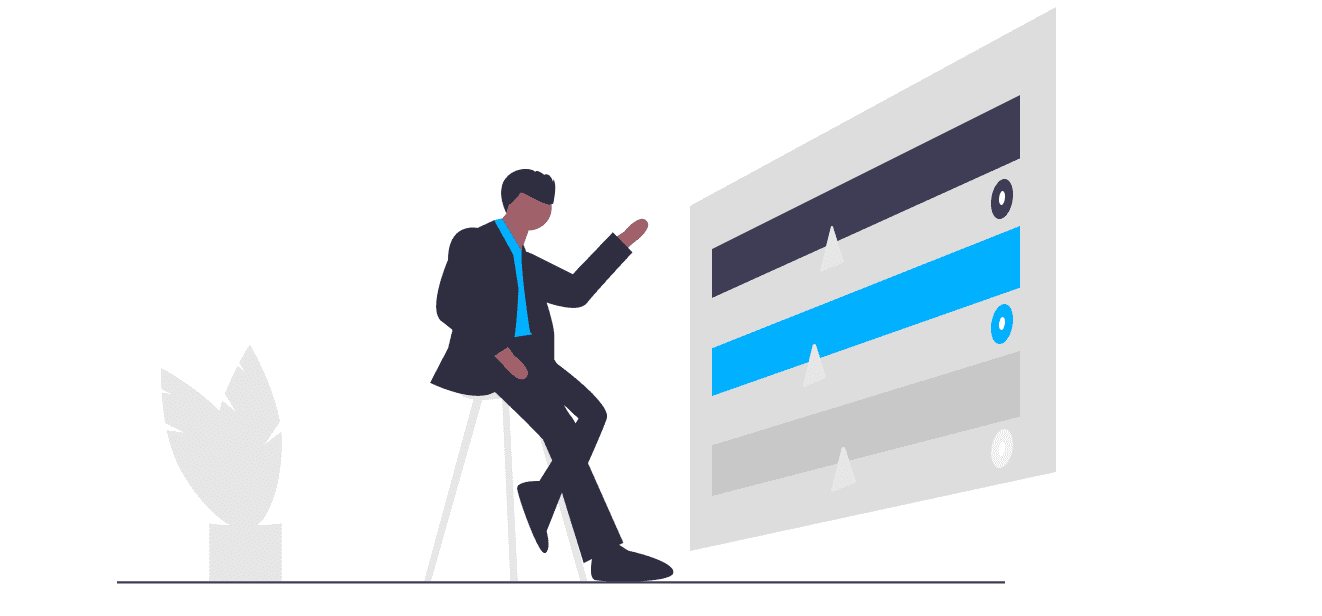Agile Environment
Introduce and facilitate the Agile approach in your organization with KeepSolid Goals. Plan your tasks and manage your teams according to Agile practices.

Infelizmente, o conteúdo desta página não está disponível no idioma selecionado.

The Agile environment is an organizational culture that nurtures and facilitates the Agile approach to project management. Such a work environment creates and supports processes that push teams and businesses to achieve their objectives faster and more reliably. This allows companies that establish an Agile environment to be more flexible, creative, and open to change and innovation.
The Agile environment typically has certain distinctive features:
An Agile environment creates and supports a working culture that facilitates teamwork toward a common goal. It incorporates the value and importance of individuals and their collaboration. Agile processes encourage team play, working to achieve quality, and acceptance of the inevitability of frequent change throughout the project.
To establish such an environment, a manager should turn to the Agile approach. It’s a set of values and principles for breaking large projects into smaller functional pieces that can be developed and implemented quickly. This is also called iterative software development. Even though there exist many different practices that fall under the agile category, it’s the behavior and culture that stay the same.
Most modern businesses acknowledge the usefulness of this methodology and strive to go agile themselves. The greatest benefit that they’re yearning for is the ability to deliver quality products to their clients faster than their competitors. But that's far from being the only benefit of the Agile work environment!
Other benefits of building an Agile process:
The very design of KeepSolid Goals is meticulously crafted to encourage the Agile environment:
In addition to everything we’ve described earlier, KeepSolid Goals has a dedicated feature for creating an Agile work environment in your team. We’re talking about Sprints and Kanban boards.
A Sprint is a defined, iterative period of time during which your team is expected to finish several tasks and present the results. As long as the Sprint has a specific timeframe, and all the tasks within it are associated with the same Key Result, there can be any amount of tasks in a Sprint.
Sprints are the basis of the Agile approach. To use Sprints for task management in KeepSolid Goals, you first need to enable this option when initially creating a new Objective. Once you’ve done so and created a bunch of Key Results, click on the Objective and go to the Kanban tab.
On the Kanban tab, you will see the list of your Sprints and associated tasks. To add a new task, choose an existing one from the Backlog Tasks menu (you can also create new tasks right there). Then, drag’n’drop the task to the relevant column, according to its current status - To Do, Analysis, In Progress, Review, or Done.
Agile Manifesto - 12 Agile Development Principles